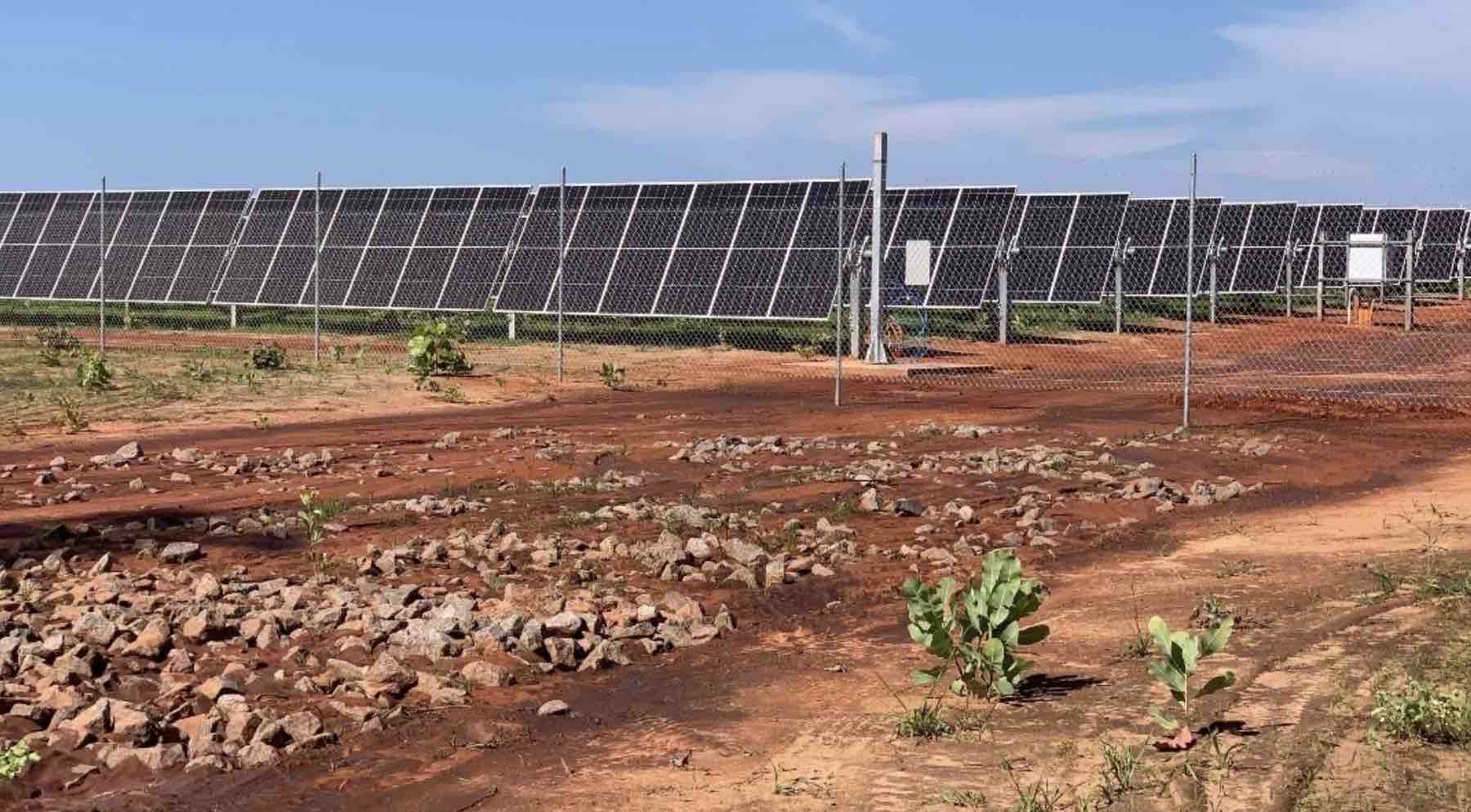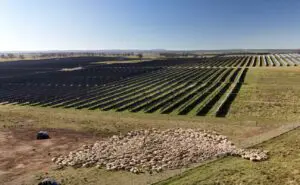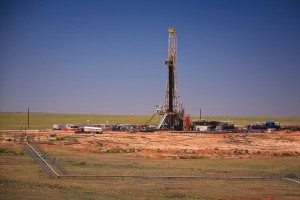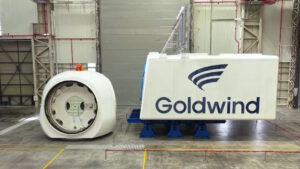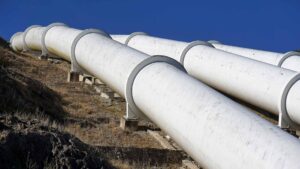Australian energy intelligence company Proa has revealed the key role its technology played in powering up two long delayed solar farms in Darwin in the Northern Territory, after years of being blocked from producing energy because of strict conditions on solar projects across the Top End.
As RenewEconomy reported here, a 3.2 MW solar farm at the RAAF Base Darwin was “switched on” at the start of the month, seven years after the 9,000 panel project began tender in 2017, and almost four years after it was originally expected to start supplying power.
Proa says both RAAF Base solar farm and Robertson Barracks solar farms – around 15MW in total – are now both supplying power to the two Defence facilities as well as to the Darwin-Katherine Electricity System, making them the first to comply with the Territory’s strict generator performance standards implemented in 2020.
Those rules, which have also thwarted the progress of the NT’s first four utility-scale solar projects, dictate a solar farm’s bidding behaviour and dispatch and threaten costly penalties if a project’s real-time output does not match its forecast output, say if a passing cloud happnes to block the sun.
Essentially, this meant these projects would need to add battery storage, or find another way around the problem, to operate safely and economically.
Proa managing director Victor Depoorter says the two Defence solar farms, which are both “behind the meter” and have batteries equivalent to one quarter of their capacity, are “special” in number of the unique technical requirements they meet.
“The two new solar farms comply as ‘scheduled generators’ like gas, coal, or hydro, which means they must at all times deliver exactly on their energy export commitments, no more, no less,” Depoorter said.
“The farms completely manage the uncertainty and variability of their generation caused by clouds, bad weather or scheduled outages.”
To achieve this for the two projects, Proa developed an advanced capacity forecasting and management system over several years that Depoorter says has allowed them to make their energy supply commitments – both to the grid and to the Defence facilities – with 100% certainty.
“These solar farms are backed with small battery energy storage systems (BESS), and our intelligent proprietary tools which act as the brain of the Defence sites, making decisions dynamically on how much can be offered to the market,” he said.
“Those calculations are made in real-time based on the forecasted weather conditions, the availability of the plant, the firming capacity of the batteries, and the compliance metrics.”
“For example, when there is the risk of clouds causing sudden ramps in the electricity generation, our system will pre-curtail the plant to a safe level that could be ‘firmed’ with the support of the onsite BESS.”
Depoorter say the technology offers hope to other solar farms still sitting idle in the NT since government regulations were imposed.
“Proa’s system as well as all the experience we have accumulated at the Defence sites could help to get these sites up and running. We have a proven track record of cracking complex problems and creating innovative solutions in the energy industry,” he said.
“We’re confident our technology will change how solar will be integrated into the grid in the future, not just in the Territory but around Australia.”

